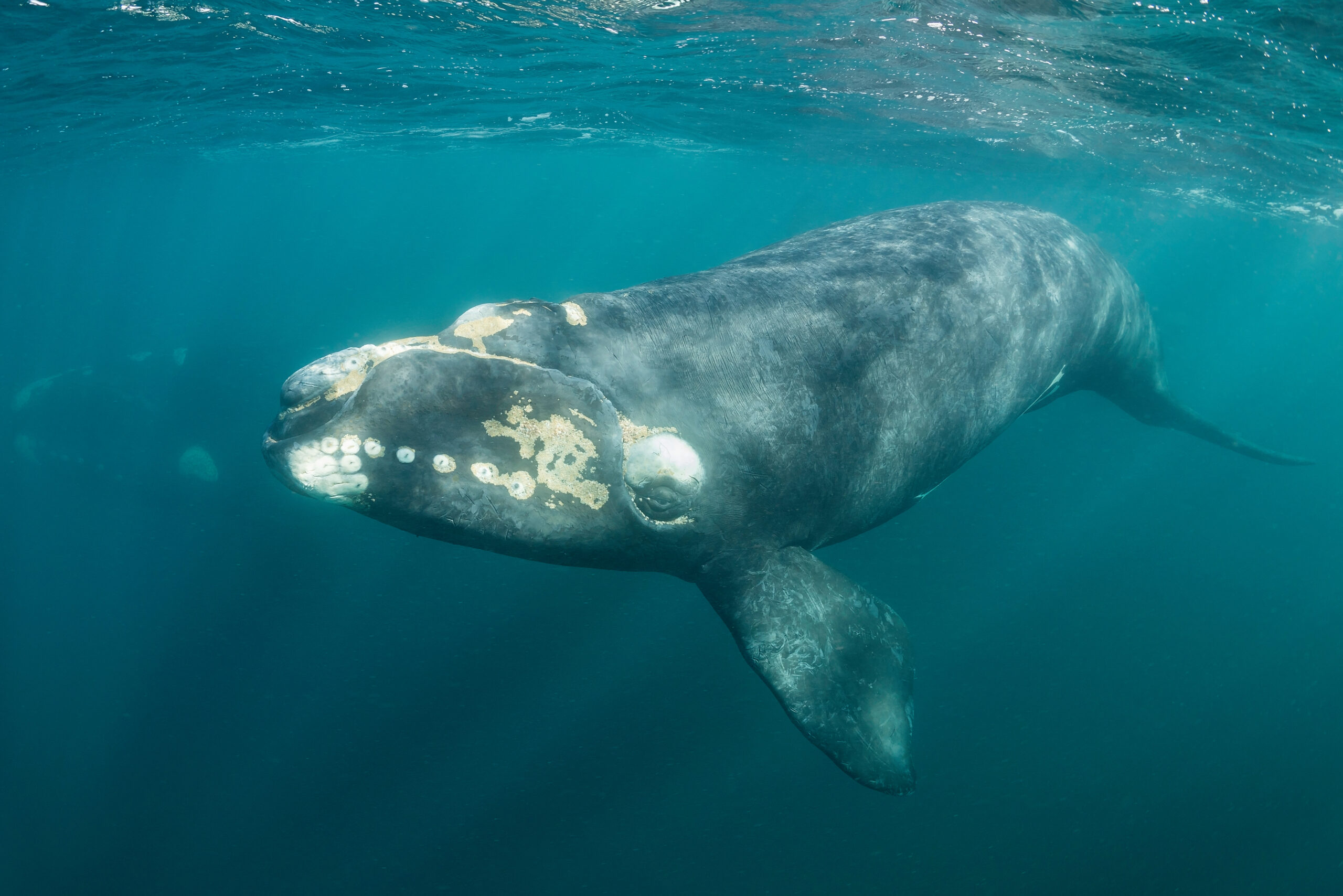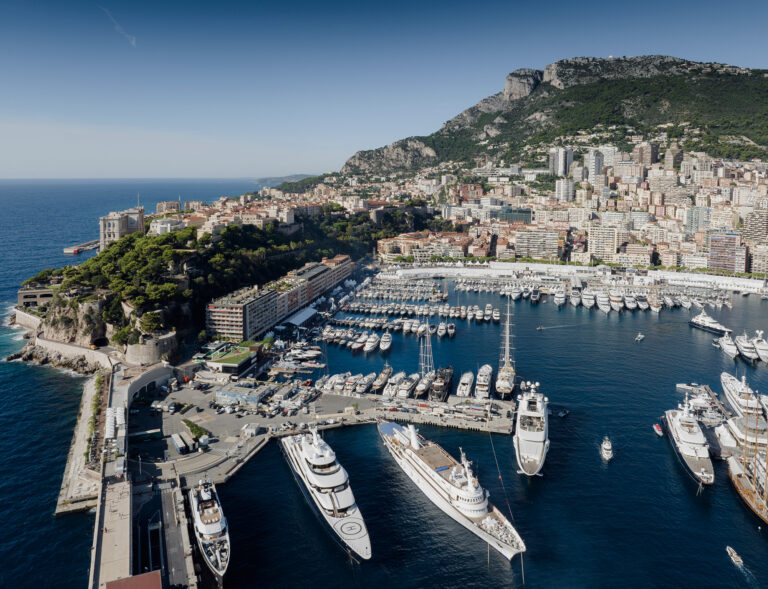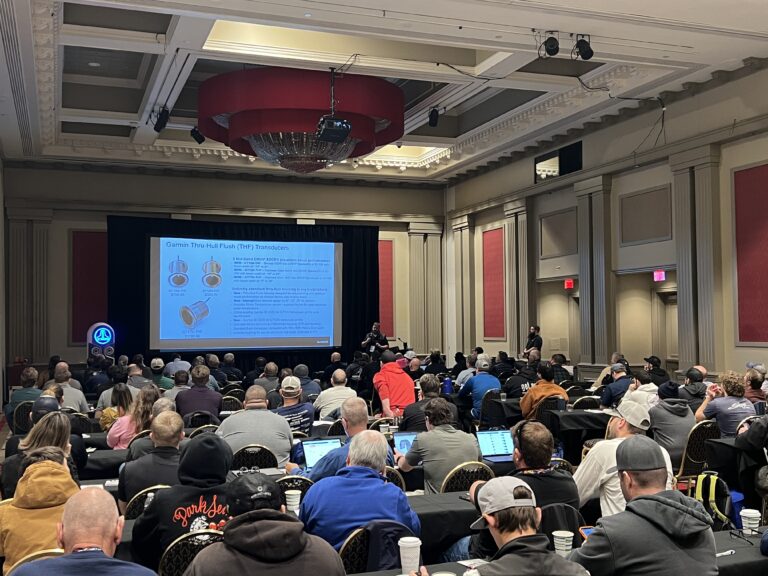
Nearly everyone in our industry breathed a collective sigh of relief earlier this year when the National Oceanic and Atmospheric Administration announced that it would be officially withdrawing its proposed vessel speed restriction rule. The moment was a long time coming. It followed years of pushback from recreational boaters and anglers, and it removed, for now, an existential threat that has hung over the heads of marine manufacturers and coastal communities.
Its withdrawal represented an enormous step forward for all of us, but it’s not the end of the story. Rather, it’s the beginning of an entirely new one.
We now have an opportunity to work with Washington policymakers to develop a durable technology solution that actually protects endangered whales — without punishing marine manufacturers and communities that depend on access to public waters. It’s a vital opportunity, and we have to take it. But before I explain why, I think it’s worth remembering how we got here.
In 2022, under pressure from outside special interests, NOAA announced its intention to expand the 2008 North Atlantic Right Whale Vessel Strike Reduction Rule. It proposed to do so in a way that would have forced small, recreational boats up and down the Eastern Seaboard to travel at 10 knots for up to seven months out of the year — ostensibly to protect endangered right whales from vessel strikes. But the proposal was deeply flawed from the start. It was based on incorrect assumptions and questionable data; it failed to distinguish between large oceangoing vessels and small recreational boats; and it completely ignored the existence of advanced marine technologies that would have done far more to protect whales without the negative consequences for boater safety and coastal economies.
The draft rule posed severe threats to boater safety, accessibility and the economic vitality of marine manufacturers and coastal communities. For instance, it was projected that the rule would have altered or canceled 122,000 recreational fishing trips annually, a key economic driver in these communities. And overall, it would have jeopardized the more than 812,000 American jobs and the $230 billion in economic activity that’s supported by the boating industry.
The proposed rule faced strong pushback from the National Marine Manufacturers Association alongside our industry partners, and from the recreational boating and fishing community. We were joined in opposition by a chorus of charter captains, manufacturers, local and federal policymakers, small-business owners and community leaders. We worked with these industry partners for more than two and a half years to advocate for a better solution. In addition to working with Congress on bipartisan legislative solutions, the NMMA and our industry partners mounted a multipronged public affairs and communications campaign to educate decision-makers on the rule’s flawed logic and devastating impact. And we were prepared to go to the courts if needed.
This comprehensive, 360-degree campaign included public briefings, congressional testimony, and multiple meetings with state and federal lawmakers, NOAA and the Biden administration — while rallying coalition members and other marine interests to do the same. Our goal was to ensure that administration officials heard from the multitude of voices throughout our industry and the boating community about just how economically harmful this rule would be, and about how today’s advanced marine technology could serve as a better solution to protect the whales.
Our collective, industrywide effort made an impact. On Jan. 15, NOAA withdrew the proposed rule and cited this overwhelming public input as cause. This is rare and no easy feat. Now, it’s time to work together with the new administration and Congress to help craft a durable solution that uses technology to protect endangered whales without jeopardizing boater safety and the livelihoods of hardworking American businesses and families. Rather than the proposed rule’s blanket speed restrictions, we instead want to see technology driving this solution. Infrared imagery detection, 3D sonar mapping and innovative marine radar algorithms offer targeted, effective protection for endangered marine life without imposing crippling economic consequences or creating safety risks for boaters.
A technology-driven solution represents the best way to safeguard marine life and coastal economies. Our industry is a leader in advanced marine technologies, and the new Congress and administration present an opportunity to work together on a solution that protects endangered marine life without sacrificing the American recreational boating industry.
The withdrawal of the proposed vessel speed restriction rule was important for American manufacturers, coastal economies and outdoor enthusiasts across the country. We are grateful to everyone who stepped up to lend their voice. To the countless boaters and allies who called and wrote their senators, representatives, governors, attorneys general and other influencers, we say thank you.
Our goal is to see that same partnership as we work to develop a durable solution that uses technology to move everyone forward — and definitively turn the page on this chapter of our story.












